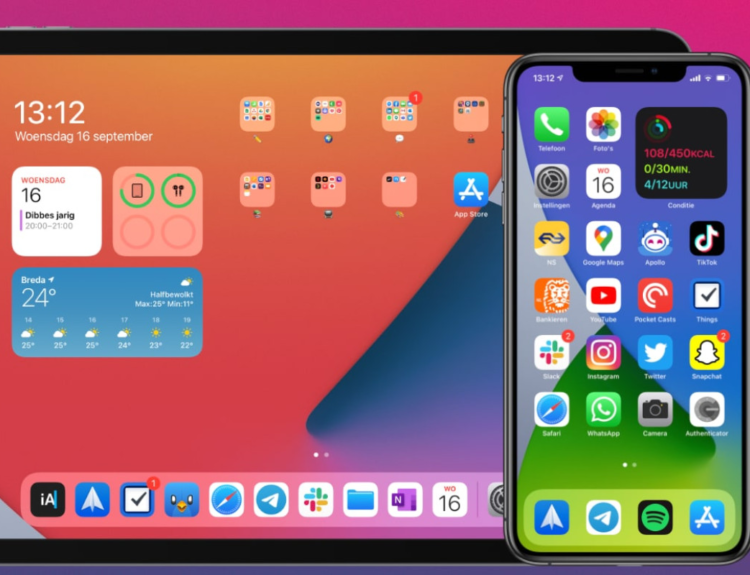Imagine a robot vacuum that doesn’t just suck up dust but also tidies your stray socks, sandals, and tissues—all without you lifting a finger. That’s no sci-fi fantasy anymore. Roborock’s Saros Z70, unveiled at CES 2025, is the world’s first mass-produced robot vacuum with a mechanical arm, merging cutting-edge innovation with practical home cleaning. Launched on March 19, 2025, for pre-order, this device promises to redefine robotic cleaning—and it’s already generating buzz for its bold leap forward.
The Mechanical Marvel: A Game-Changing Feature
The Saros Z70’s standout feature is its OmniGrip mechanical arm, a first in consumer robot vacuums. This articulated appendage can lift items up to 300g (10.5 oz)—think socks, small towels, tissue papers, or lightweight sandals—eliminating the tedious pre-cleaning ritual many robot vacuum owners dread. Beyond decluttering, the arm aids navigation by moving obstacles, ensuring a thorough clean. Digital Trends highlights its three-pass cleaning process: vacuuming and marking objects, shifting them aside, then polishing the cleared areas. It’s a slow but deliberate system, taking about a minute per item, prioritizing precision over speed. This isn’t just a gimmick—it’s a practical solution to a real problem, setting a new benchmark for robotic helpers.
Technical Specs: Power and Precision
Under the hood, the Saros Z70 packs a punch. It boasts 22,000Pa of suction power—among the highest in the industry—surpassing models like the Roborock Qrevo Curv (18,500Pa) and even Dyson’s 360 Vis Nav (20,000Pa). It’s also a hybrid cleaner, featuring dual spinning mops that lift 0.9 inches to avoid carpets, paired with a Multifunctional Dock 4.0 that washes pads at 80°C and detaches them for vacuum-only runs. Navigation ditches traditional LiDAR for StarSight 2.0, a slimmer system using 3D Time-of-Flight sensors and an RGB camera, shrinking its height to 3.14 inches to glide under furniture. With a 5,200mAh battery and a 300ml dustbin, it’s built for long sessions, though the dock’s 3L dustbag ensures minimal maintenance.
Pre-Order Perks and Pricing: A Premium Investment
Priced at $1,899, the Saros Z70 sits at the high end of the market, reflecting its advanced tech. Pre-orders, available now on Roborock’s official site, come with a sweetener: a free vacuum from eight options, including upright wet/dry vacs or new robot models, potentially worth up to $800, per The Verge. Shipping is slated for May 2025, though supply chain hiccups could push that back. Compared to rivals like the iRobot Roomba Combo j9+ ($1,399) or Ecovacs Deebot X2 Omni ($1,499), it’s a splurge—but its unique arm and raw power justify the cost for tech-savvy buyers.
Roborock’s Rise: Shaking Up the Market
Roborock’s timing couldn’t be better. The company now holds a 16% share of the global robot vacuum market as of Q4 2024, overtaking iRobot, which has struggled with layoffs and a stalled Amazon acquisition. The Saros Z70 is more than a product—it’s a power move. Mashable notes Roborock’s aggressive innovation has fueled its ascent, while iRobot’s missteps have left an opening. With this launch, Roborock isn’t just competing—it’s aiming to dominate the smart home cleaning space.
The Bigger Picture: Smarter Homes, Smarter Vacuums
The Saros Z70 reflects a broader evolution in robot vacuums. From basic dust-suckers a decade ago, these devices now mop, map homes, and—with this model—handle small clutter. It’s part of the smart home boom, where devices integrate seamlessly into connected ecosystems via apps and voice assistants like Alexa or Google Home. ZDNET predicts mechanical arms could become standard, with rivals like Dreame unveiling similar prototypes at CES. This isn’t just about cleaning—it’s about automating chores in ways we once only dreamed of.
User Experience: What to Expect
So, what’s it like to live with the Saros Z70? The app offers granular control: set cleaning zones, label up to 50 custom objects for the arm (it’s pre-trained on 108), and even designate drop-off spots for picked-up items. Early testers report a learning curve—the arm’s slow pace can frustrate impatient users, and it occasionally misidentifies objects (a sock might be mistaken for a rag). Pet owners will appreciate its 0.2-inch obstacle clearance and anti-tangle brushes, but the 300ml dustbin fills fast in hairy homes. It’s quiet at 60dB in standard mode, though max suction gets louder. For homes with kids or clutter, it’s a time-saver; for minimalists, its bells and whistles might feel excessive.
Potential Drawbacks: Not Perfect Yet
No tech is flawless. The Saros Z70’s arm, while groundbreaking, isn’t speedy—moving one item per minute could drag out sessions in messy spaces. Its $1,899 price tag dwarfs budget options like the Roborock Q5+ ($699), and the arm’s 300g limit means heavier debris stays put. Maintenance is another consideration: the dock’s mop-washing system needs regular refills, and the arm may require occasional cleaning to avoid jams. Plus, without LiDAR, navigation relies heavily on lighting—dim rooms could trip it up. It’s a pioneer, but not without quirks.
Why It Matters: A Glimpse of the Future
The Saros Z70 isn’t just a vacuum—it’s a statement about where home robotics are headed. Its mechanical arm solves a niche but nagging issue, while its pre-order deal adds value. For $1,899, it’s a luxury buy, but one that could pay off for those who crave convenience and cutting-edge tech. Roborock’s market surge suggests this is no fluke—it’s a calculated step to lead the pack. Future iterations might see faster arms, broader object recognition, or even multi-tasking limbs (imagine it fetching your slippers). For now, it’s a bold experiment that could reshape how we clean.
Top FAQs About the Roborock Saros Z70
- What can the mechanical arm pick up?
Up to 300g—socks, tissues, small towels, sandals. Heavier items like books are off-limits, but updates might expand this. - How does the arm work during cleaning?
It vacuums, marks items, moves them, then cleans again, optionally dropping items in app-set zones, per PCMag. - When will it ship?
May 2025, if pre-ordered now via Roborock’s site. Delays are possible, so stay tuned. - What’s the pre-order deal?
A free vacuum (up to $800 value) from eight models, including wet/dry vacs or new robots, with your $1,899 purchase. - Can it recognize objects?
Yes, it knows 108 items out of the box and learns 50 more via the app. AI updates will sharpen this, says The Verge. - How fast is the arm?
Slow—about a minute per item. Roborock’s refining it, but it’s built for accuracy, not haste. - What’s the suction power?
22,000Pa, topping most rivals, per Mashable. - Does it mop?
Yes, with dual mops that lift off carpets and a dock that washes them at 80°C. - How does it navigate?
StarSight 2.0 uses 3D sensors and a camera, skipping LiDAR for a low profile, per Digital Trends. - Is it worth $1,899?
For clutter-prone homes, yes—its arm and power shine. For simpler needs, cheaper models might do.








